Muhammad Taqi Raza
University of Massachusetts Amherst
Characterizing Encrypted Application Traffic through Cellular Radio Interface Protocol
Jul 10, 2024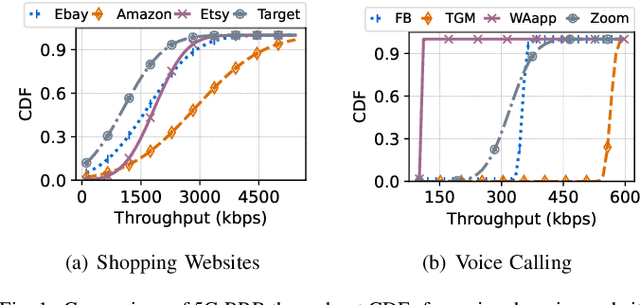
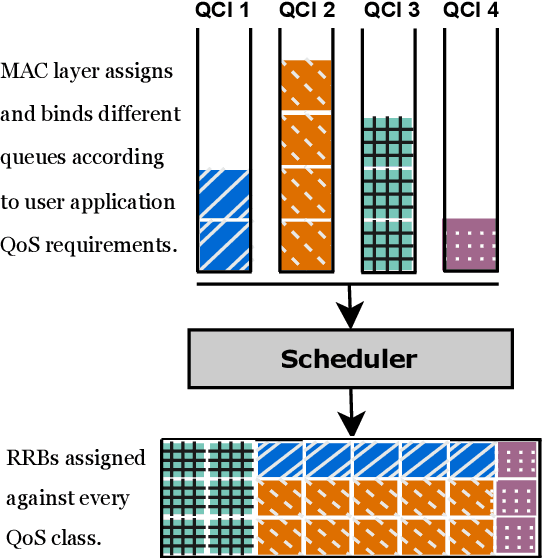
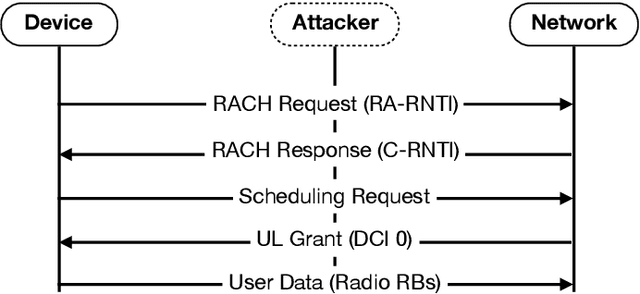
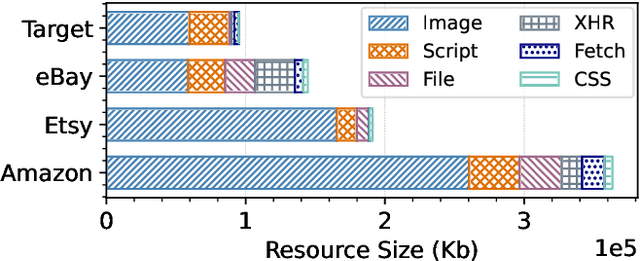
Abstract:Modern applications are end-to-end encrypted to prevent data from being read or secretly modified. 5G tech nology provides ubiquitous access to these applications without compromising the application-specific performance and latency goals. In this paper, we empirically demonstrate that 5G radio communication becomes the side channel to precisely infer the user's applications in real-time. The key idea lies in observing the 5G physical and MAC layer interactions over time that reveal the application's behavior. The MAC layer receives the data from the application and requests the network to assign the radio resource blocks. The network assigns the radio resources as per application requirements, such as priority, Quality of Service (QoS) needs, amount of data to be transmitted, and buffer size. The adversary can passively observe the radio resources to fingerprint the applications. We empirically demonstrate this attack by considering four different categories of applications: online shopping, voice/video conferencing, video streaming, and Over-The-Top (OTT) media platforms. Finally, we have also demonstrated that an attacker can differentiate various types of applications in real-time within each category.
Binary Black-box Evasion Attacks Against Deep Learning-based Static Malware Detectors with Adversarial Byte-Level Language Model
Dec 14, 2020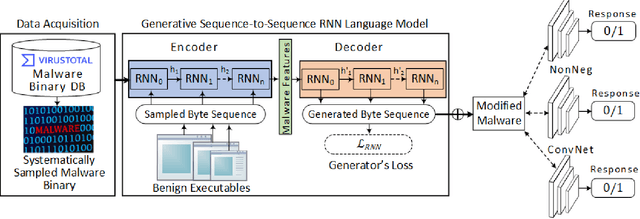
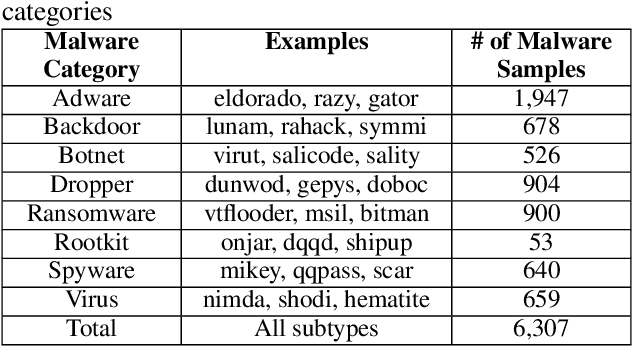
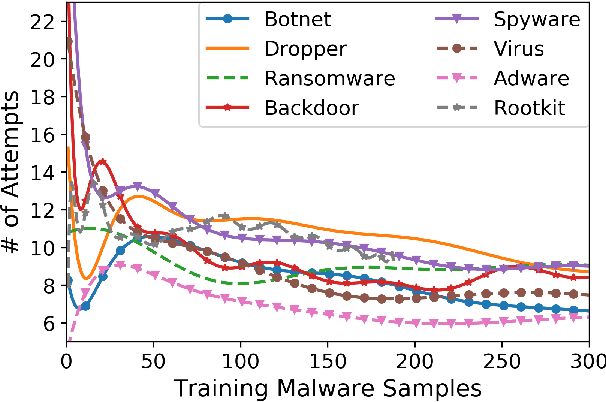
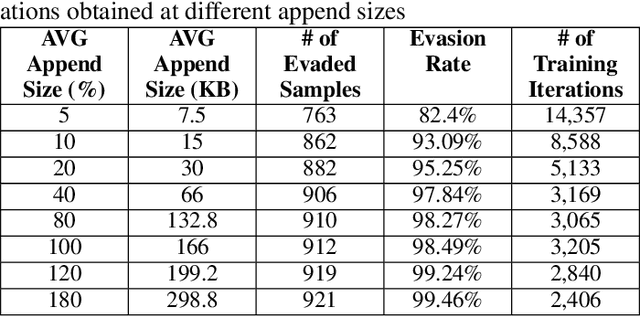
Abstract:Anti-malware engines are the first line of defense against malicious software. While widely used, feature engineering-based anti-malware engines are vulnerable to unseen (zero-day) attacks. Recently, deep learning-based static anti-malware detectors have achieved success in identifying unseen attacks without requiring feature engineering and dynamic analysis. However, these detectors are susceptible to malware variants with slight perturbations, known as adversarial examples. Generating effective adversarial examples is useful to reveal the vulnerabilities of such systems. Current methods for launching such attacks require accessing either the specifications of the targeted anti-malware model, the confidence score of the anti-malware response, or dynamic malware analysis, which are either unrealistic or expensive. We propose MalRNN, a novel deep learning-based approach to automatically generate evasive malware variants without any of these restrictions. Our approach features an adversarial example generation process, which learns a language model via a generative sequence-to-sequence recurrent neural network to augment malware binaries. MalRNN effectively evades three recent deep learning-based malware detectors and outperforms current benchmark methods. Findings from applying our MalRNN on a real dataset with eight malware categories are discussed.
* Accepted in 35th AAAI Conference on Artificial Intelligence, Workshop on Robust, Secure, and Efficient Machine Learning (RSEML)
 Add to Chrome
Add to Chrome Add to Firefox
Add to Firefox Add to Edge
Add to Edge